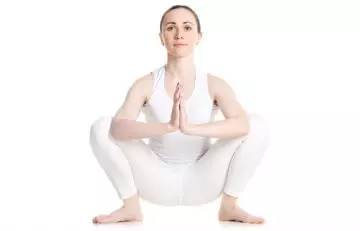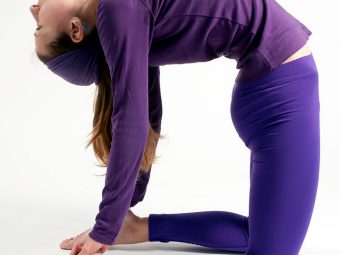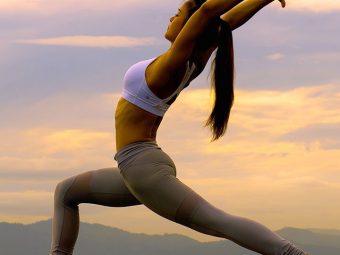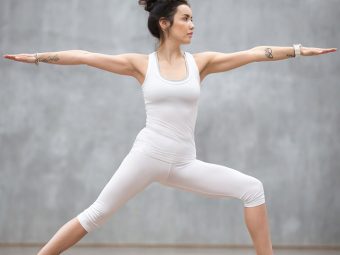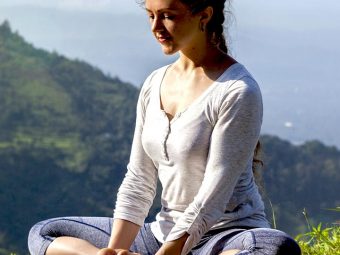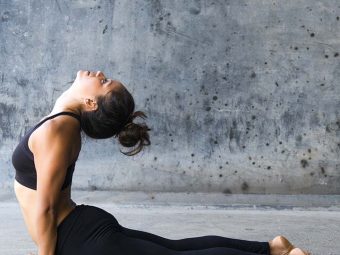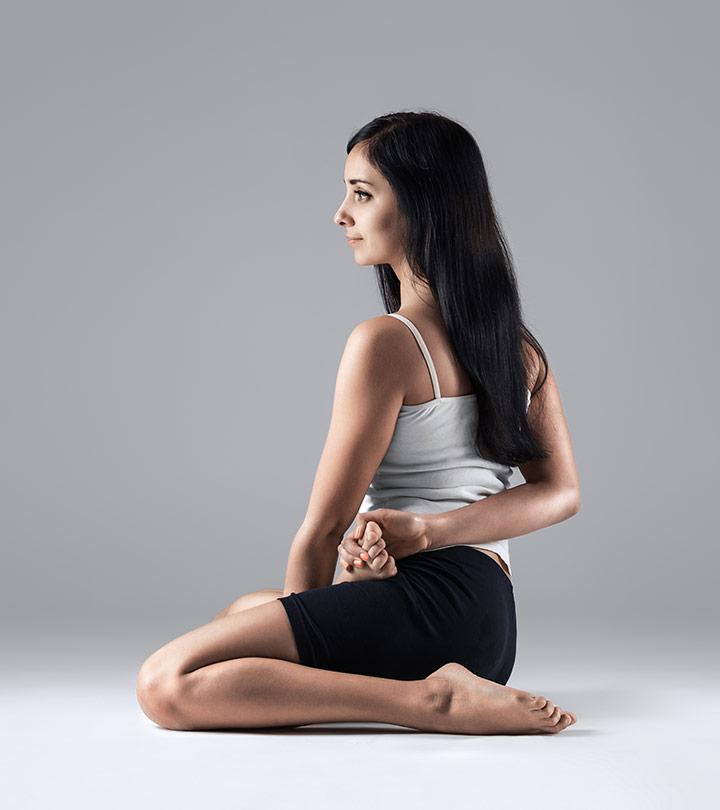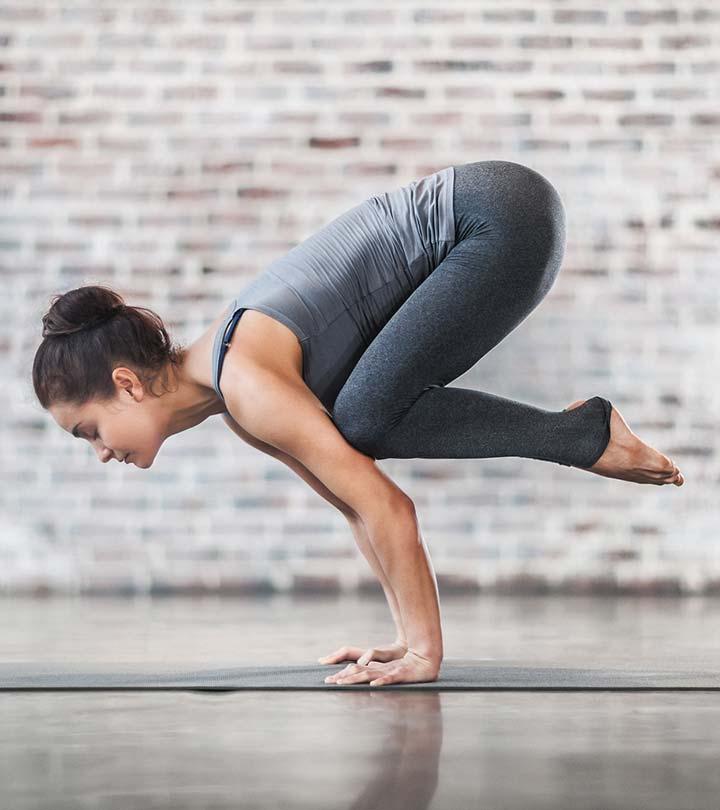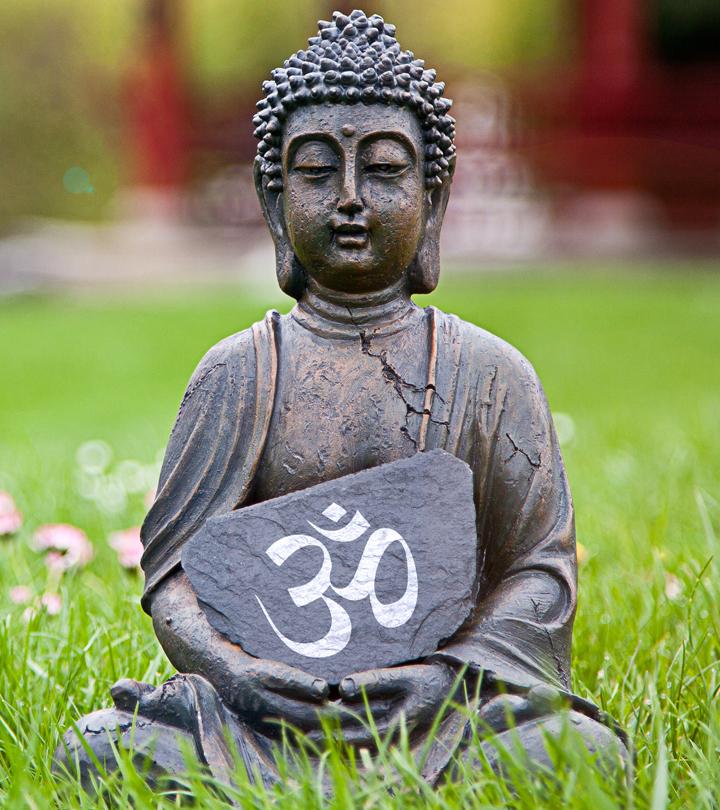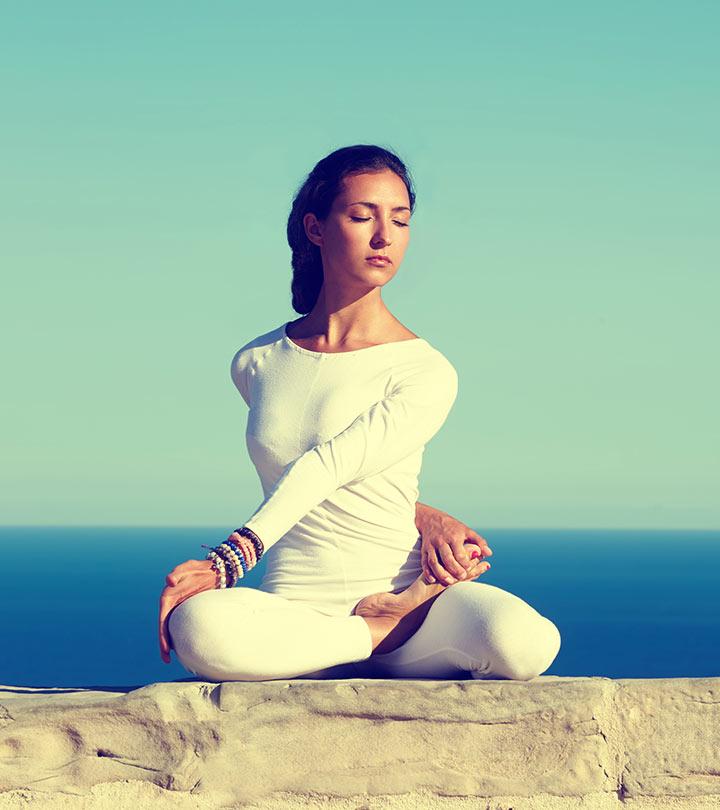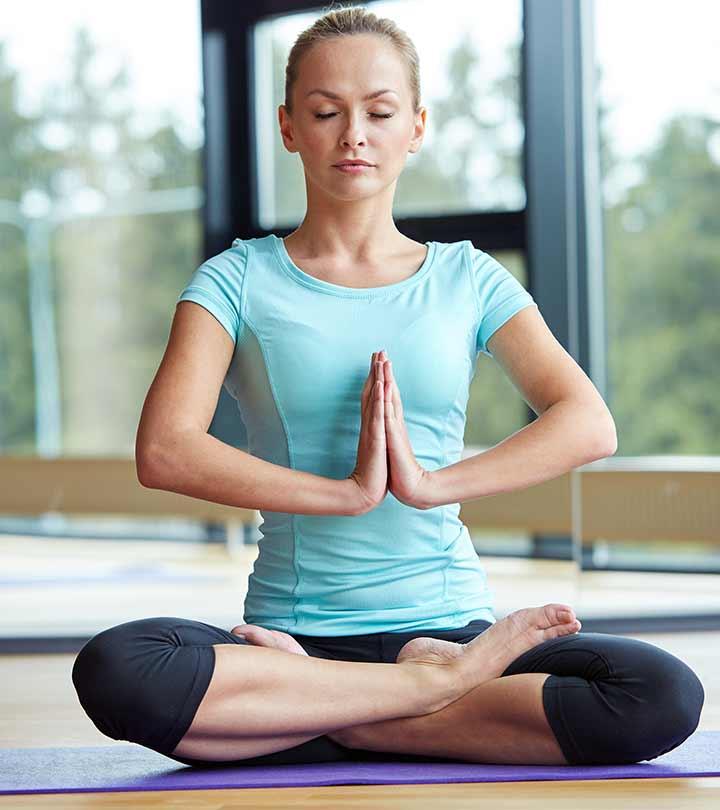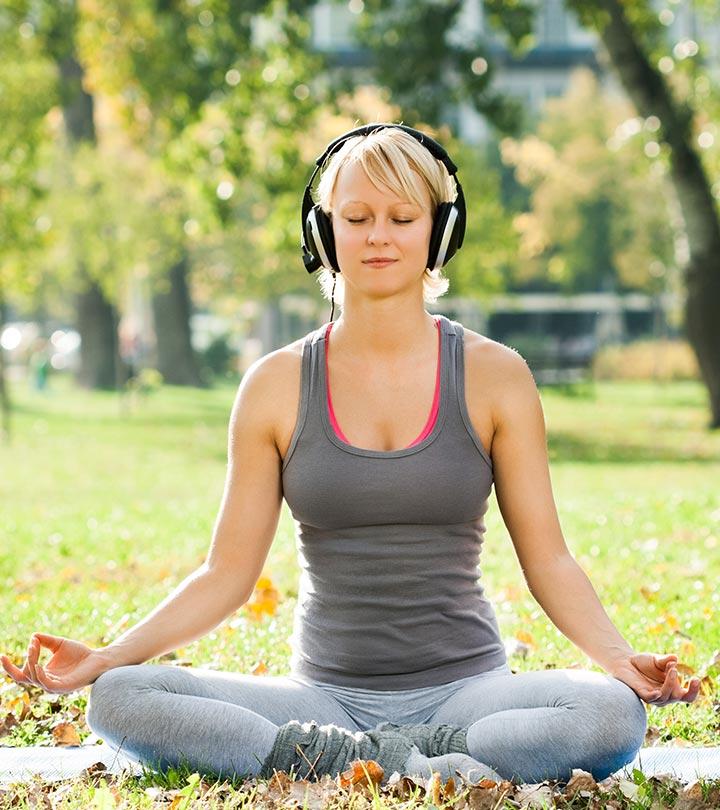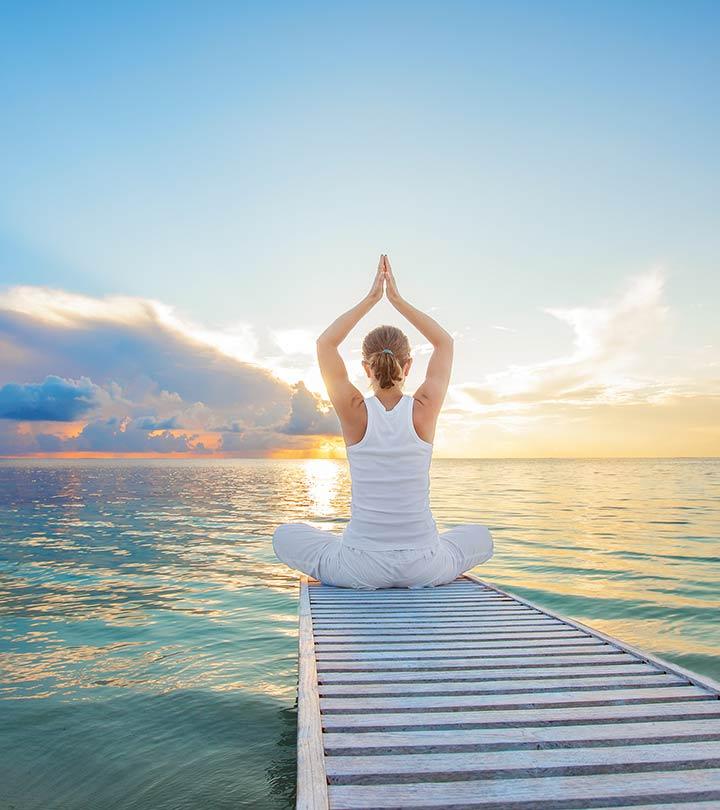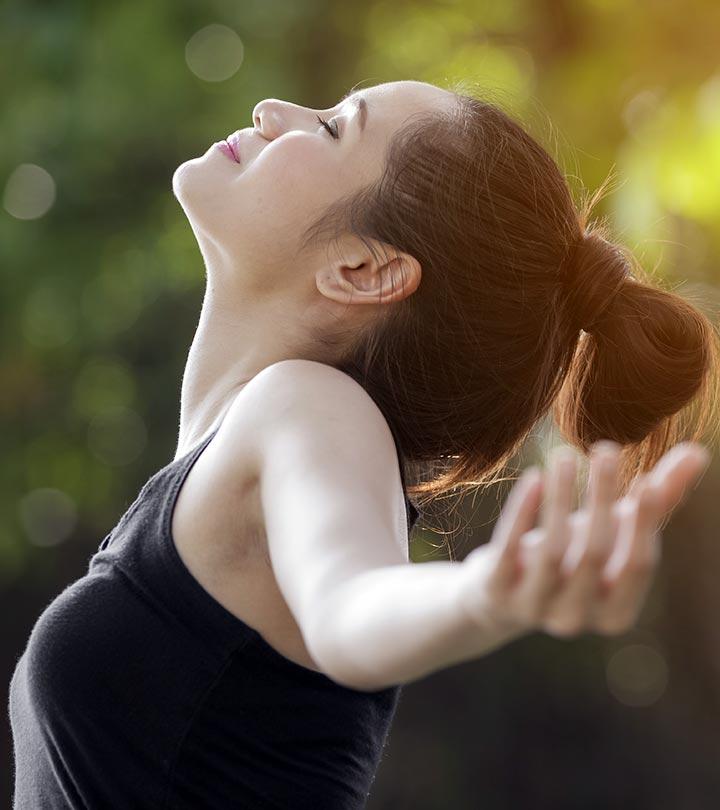How To Do The Malasana And What Are Its Benefits
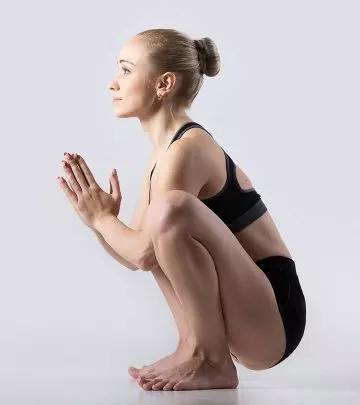
Image: Shutterstock
Malasana also known as the garland pose, squat pose is an asana. Mala – Garland, necklace, Asana – Pose; Pronounced As – maa-laa-sa-na
Malasana is also called Upavesasana or Garland Pose. It is, quite simply, a squat. Squatting comes naturally to kids and people who work in the fields. However, those who have desk jobs have lost practice and find it painful and uncomfortable to do it. But that should not discourage you from doing this asana because it is, in fact, most beneficial to those who have a sedentary lifestyle.
In This Article
Everything You Need To Know About The Malasana
- What You Should Know Before You Do The Malasana
- How To Do The Malasana
- Precautions And Contraindications
- Beginner’s Tip
- Advanced Pose Variation
- The Benefits Of The Garland Pose
- The Science Behind The Garland Pose
- Preparatory Poses
- Follow-Up Poses
What You Should Know Before You Do The Malasana
You must make sure to keep your stomach and bowels empty before you practice this asana. Have your meals at least four to six hours before you do the asana so that your food gets digested and there is enough energy for you to expend during the practice.
It is best to practice yoga first thing in the morning. But in the event you cannot work out in the morning, it is alright to practice it in the evening.
Level: Basic
Style: Hatha Yoga
Duration: 60 seconds
Repetition: None
Stretches: Thighs, Hamstrings, Groin, Lower back
Strengthens: Lower back, Hips, Digestive system
How To Do The Malasana
- Begin by squatting. As you do this, keep your feet close to each other, with your heels on the floor or supported on the ground.
- Spread out your thighs, placing them slightly wider than your torso.
- Exhale and lean forward such that your torso fits snugly in between your thighs.
- Bring your palms in the Anjali Mudra, and press your elbows against the inner thighs. Doing this will help you extend the front part of your torso.
- Press the inner thighs against the side of the torso. Then, stretch your arms out, and swing them across such that your shins fit into the armpits. Hold your ankles.
- Hold the pose for a few seconds. Inhale and release.
Precautions And Contraindications
It is best to avoid this asana if you have an injury in your lower back or knees.
Beginner’s Tip
If you find it difficult to squat initially, sit on the edge of a chair, and let your thighs and torso form a 90-degree angle. Place your heels on the floor such that they are a little ahead of your knees. Lean forward so that your torso is in between your knees. Doing this will condition you to slowly get into a squat.
Advanced Pose Alterations
Intensify the stretch in your groins by placing one hand on the ground, on the insides of your foot, and stretch out the opposite hand towards the sky. Twist and hold. Then, repeat the pose on the other side.
The Benefits Of The Malasana (Garland Pose)
These are some health benefits of garland pose.
- It gives the lower back, the sacrum, the groin, and the hips a good stretch.
- It instigates metabolism.
- It activates the digestive system.
- It tones the belly.
- It increases flexibility in your ankles and knees.
The Science Behind The Garland Pose
Malasana is a forward bend that softens the back and releases the stress that is trapped from head to toe as the legs flex. The heels ensure that the hips are rooted in the back as the spine elongates. The feet are stretched and strengthened, and this increases the mobility in the hips. The back muscles broaden. This is also one of those asanas that provide a rhythmic flow of awareness in your body. All the actions are coordinated to make sure no part is being overworked. It seems like each part of your body is expressing itself.
Preparatory Poses
Baddha Konasana
Upavistha Konasana
Virasana
Follow-Up Poses
Uttanasana
Adho Mukha Svanasana
Bhujangasana
Now that you know how to do garland pose, what are you waiting for? Go back in time and visit your roots with the Malasana. It will show you what you have been missing as the human race has progressed.


